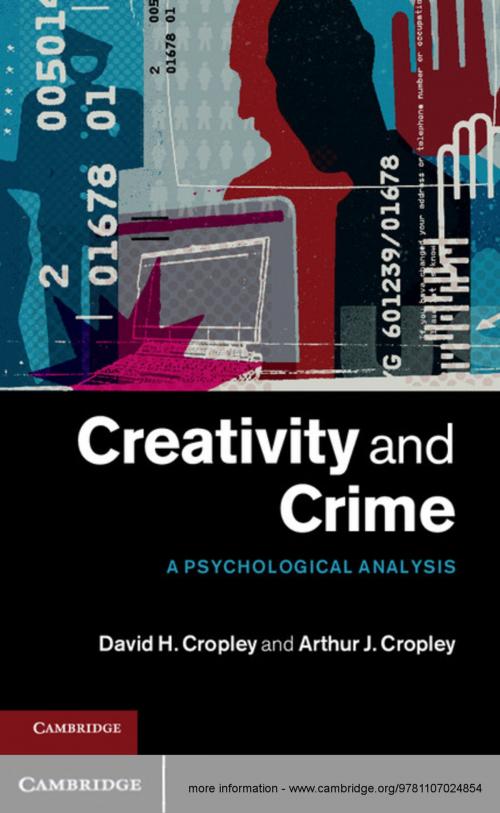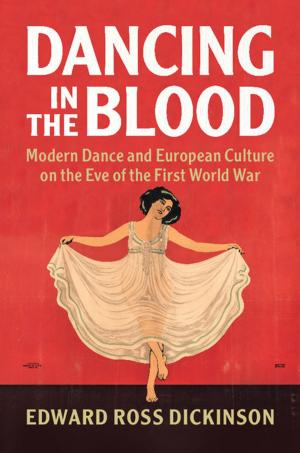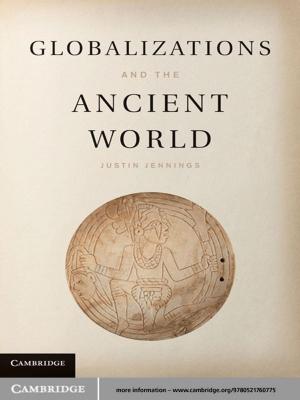Creativity and Crime
A Psychological Analysis
Nonfiction, Health & Well Being, Psychology, Applied Psychology, Social & Cultural Studies, Social Science| Author: | Arthur J. Cropley, David H. Cropley | ISBN: | 9781107272491 |
| Publisher: | Cambridge University Press | Publication: | July 25, 2013 |
| Imprint: | Cambridge University Press | Language: | English |
| Author: | Arthur J. Cropley, David H. Cropley |
| ISBN: | 9781107272491 |
| Publisher: | Cambridge University Press |
| Publication: | July 25, 2013 |
| Imprint: | Cambridge University Press |
| Language: | English |
Creativity is typically perceived to be a positive, constructive attribute and yet, highly effective, novel crimes are committed which illustrate that creativity can also be utilised to serve a darker and more destructive end. But how can these 'creative criminals' be stopped? Adopting a psychological approach, renowned subject experts Cropley and Cropley draw upon concepts such as 'Person,' 'Process', 'Press' and 'Product' to explain how existing psychological theories of creativity can be applied to a more subtle subset of ingenuity; that is to say criminal behaviour and its consequences. Creativity and Crime does not look at felony involving impulsive, reflexive or merely deviant behaviour, but rather the novel and resourceful measures employed by criminals to more effectively achieve their lawbreaking goals. The book transcends the link between crime and creativity, and proposes a range of preventative measures for law enforcers. Scholars and graduates alike will find this an invaluable and illuminating read.
Creativity is typically perceived to be a positive, constructive attribute and yet, highly effective, novel crimes are committed which illustrate that creativity can also be utilised to serve a darker and more destructive end. But how can these 'creative criminals' be stopped? Adopting a psychological approach, renowned subject experts Cropley and Cropley draw upon concepts such as 'Person,' 'Process', 'Press' and 'Product' to explain how existing psychological theories of creativity can be applied to a more subtle subset of ingenuity; that is to say criminal behaviour and its consequences. Creativity and Crime does not look at felony involving impulsive, reflexive or merely deviant behaviour, but rather the novel and resourceful measures employed by criminals to more effectively achieve their lawbreaking goals. The book transcends the link between crime and creativity, and proposes a range of preventative measures for law enforcers. Scholars and graduates alike will find this an invaluable and illuminating read.















